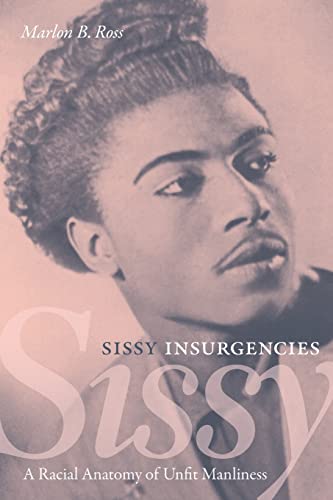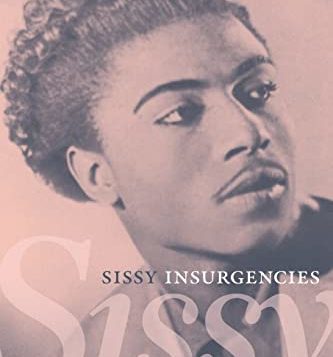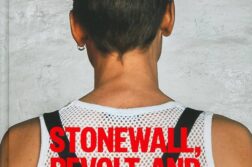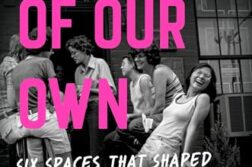 SISSY INSURGENCIES
SISSY INSURGENCIES
A Racial Anatomy of Unfit Manliness
by Marlon B. Ross
Duke Univ. Press. 256 pages, $31.95
“ONCE WE BEGIN to look for them, we see sissies everywhere,” writes Marlon B. Ross in Sissy Insurgencies, noting that this controversial label can apply not only to such obviously gender non-conforming men as author James Baldwin and singers Little Richard and Sylvester James, but also to figures like educator Booker T. Washington, historian Henry Louis Gates, and basketball star Wilt Chamberlain. Ross is careful to make it clear that “sissy” does not equal “gay” but rather men who present nontraditional expressions of masculinity. Looking at a range of African-American autobiographies and autobiographical fiction as well as works by out sports figures, Sissy Insurgencies finds the sissy and the fear of being one to be a shadow presence behind much of what passes for “straight-acting” manhood.
Ross, a professor of English at the University of Virginia, begins this closely reasoned study with Booker T. Washington and his near obsession with cleanliness, developed during his youth as a house slave. Moreover, Washington’s accommodationist political stance—the idea that African Americans should focus more on blue collar trades and self-help rather than agitating for equal rights, as well as what Ross calls his “sycophantic” relationship with powerful white men—was also considered “unmanly” by many of his critics. Sissy Insurgencies contrasts Washington with his Tuskegee Institute colleague, the confirmed bachelor scientist George Washington Carver, whose “physiological” sissiness was signaled by his high-pitched voice, love of painting and crocheting, and “horseplay” with a coterie of male student followers—traits that were all cause for speculation around campus.
Reginald Harris, a writer and poet based in Brooklyn, is the author of Ten Tongues (2003) and Autogeography (2013).







